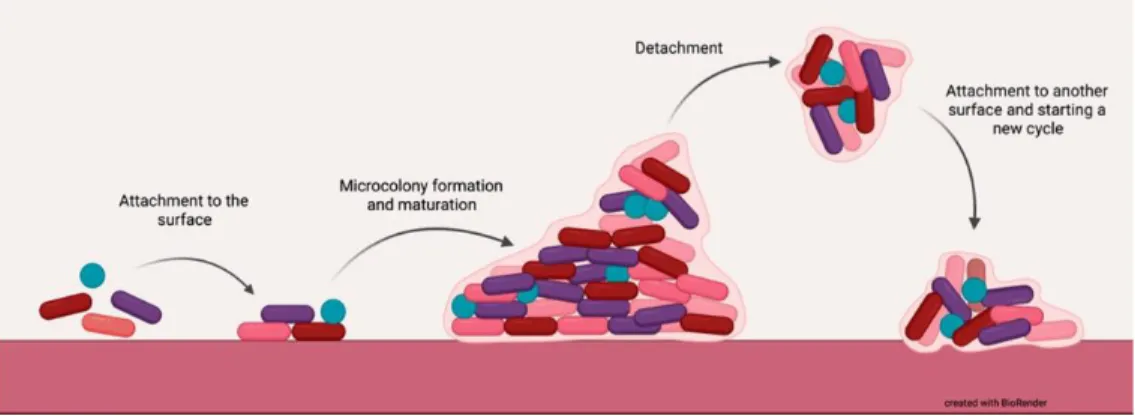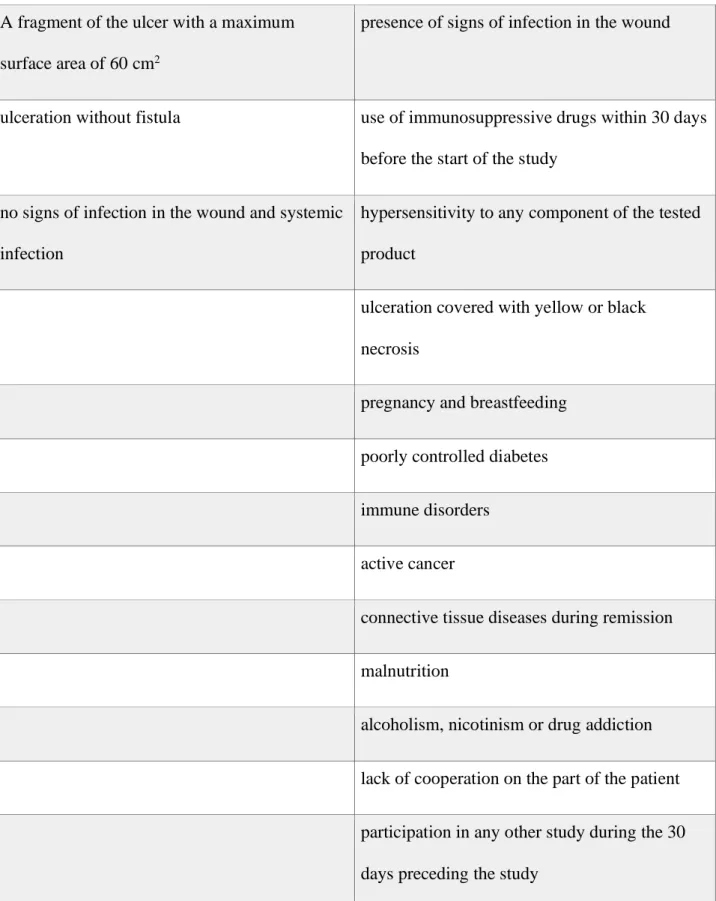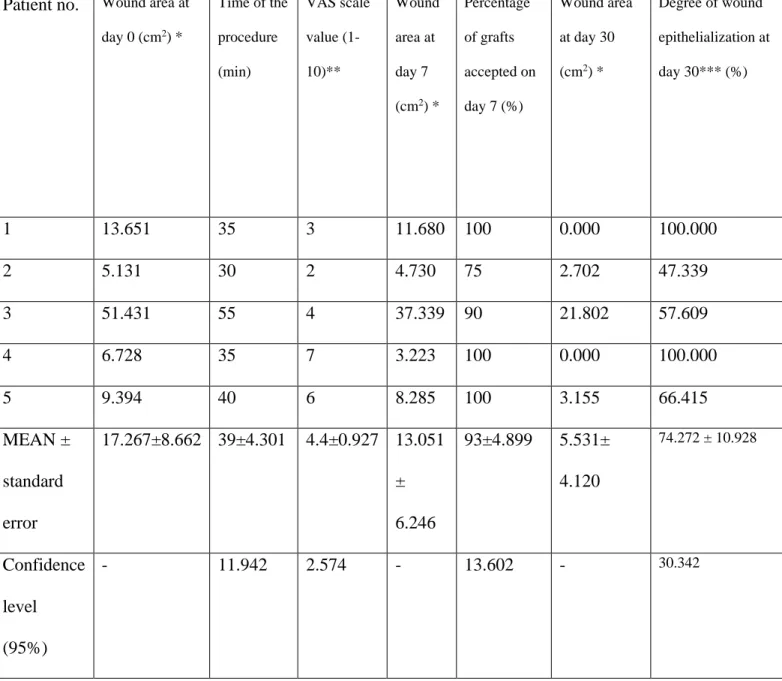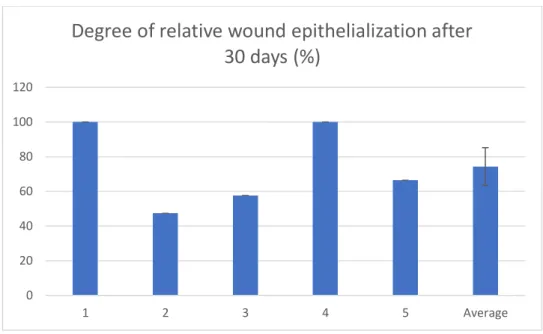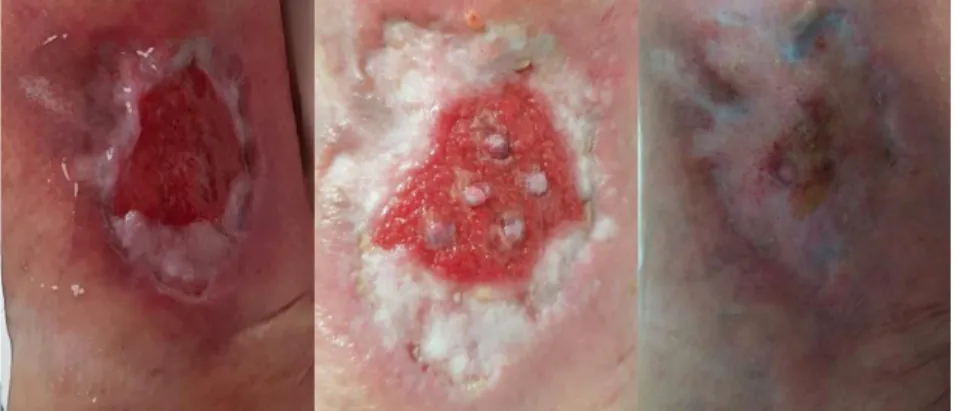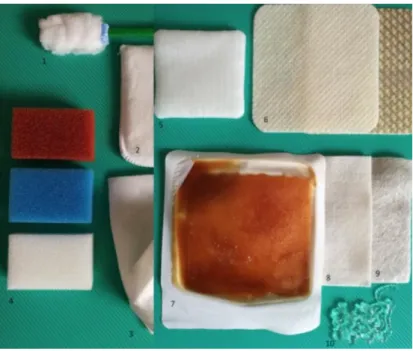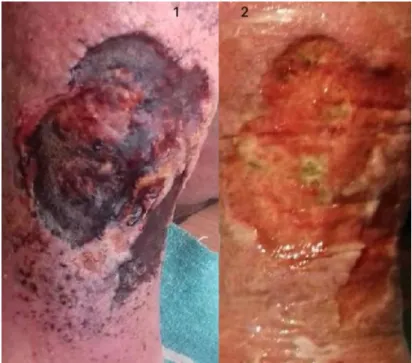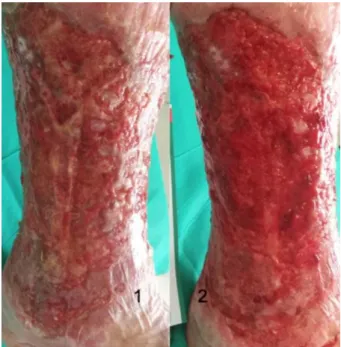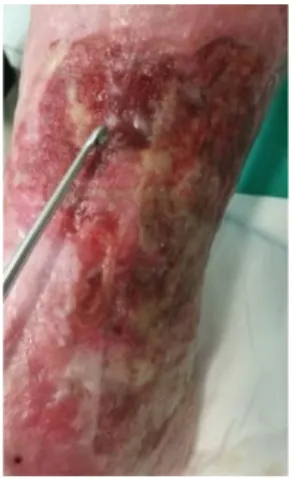Assessment of public awareness of chronic venous insufficiency and analysis of the effectiveness of different venous ulcer treatment methods. Team from the Department and Clinic of Dermatology, Venereology and Allergology, especially Dorota Mehrholz, M.D., PhD for help in planning my research and material support. It is worth mentioning that studies assessing the frequency of the first symptoms of CVI are also lacking.
The examination was performed under the supervision of a dermatologist who evaluated the appearance of the first symptoms of CVI. Most of the patients surveyed in the questionnaire presented symptoms of the initial stages of CVI. The study on mechanical wound debridement was performed in patients of the Department of Dermatology, Venereology and Allergology, in accordance with the inclusion and exclusion criteria.
The research included in the presented doctoral thesis provided relevant information on the effectiveness of various wound cleaning methods prior to the application of a specialist dressing, as well as the effectiveness of the use of micrografts. The thesis also provides information on the frequency of the first symptoms of chronic venous insufficiency and the possibility of using nanoparticles to eradicate biofilms from chronic wounds.
LIST OF WORKS CONCERNING DOCTORAL THESIS
W niniejszej pracy w sposób holistyczny przedstawiono problematykę przewlekłej niewydolności żylnej oraz zbadano skuteczność wybranych metod leczenia ran przewlekłych.
DISCUSSION OF THE SCIENTIFIC PROBLEM
According to the TIMERS strategy, debridement is the first step of local treatment of the wound, which means the removal of devitalized tissue such as slough or necrosis. The final part of wound healing is epithelialization, which represents complete closure of the wound. In most cases, this phase lasts significantly longer due to skin structure disorders.
The inclusion and exclusion criteria had to be established on the basis of the anamnesis and physical examination (Tab.1). Evaluation of the ulcer size using photographic documentation at 7-day intervals was performed. Consequently, decontamination of the wound with hypochlorite continued with the application of the dressing - hydrogel with hydrocolloid and alginate (Purilon, Coloplast) as a primary and non-adhesive polyurethane foam dressing (Biatain non-adhesive, Coloplast) as a secondary dressing .
The patient is informed of the need to report for follow-up appointments in accordance with the protocol (every 7 days ± 1 day) or to contact the doctor who performs the examination in case of side effects (pain, swelling, redness of the skin around the ulcer, increased temperature of the body). The primary endpoint of the study was the degree of wound epithelialization, measured by calculating relative wound epithelialization= (wound area on day 0 - wound area on day 30) /wound area on day 0 * 100%. Most patients recognize phlebectomy (68.57%) and the use of compression stockings (65.71%) as the main therapeutic measures for CVD [24].
In previously published studies, compression therapy, which could prolong ulcer healing time, was not used. A modification of the wet-dry method is sterile sponges soaked in an antiseptic liquid. This antiseptic liquid improves the removal of dead tissue due to its surface-active properties.
Mechanical cleaning with a spoon should be an integral element every time the dressing is changed in the conditions of the hospital ward and treatment room (Fig. 7-8). They also provide an optimal wound healing environment with moisture over the entire healing wound surface. 12., interestingly, between changing the bandages, cleaning the wound with a bone spoon was not used.
The wound area distribution in the majority of the study groups either had a distribution consistent with the normal distribution or not statistically different from the normal distribution p> 0.05. Anova comparative analysis of variance showed that the study groups did not differ significantly in total wound area on day 0 (p = 0.924). The results of the study have shown no statistically significant difference in relative wound area reduction from day 0 to day 30 between the studied groups.
Groenewald JH., An evaluation of dextranome as a cleansing agent in the treatment of the postphlebitic stasis ulcer, South African Med J.
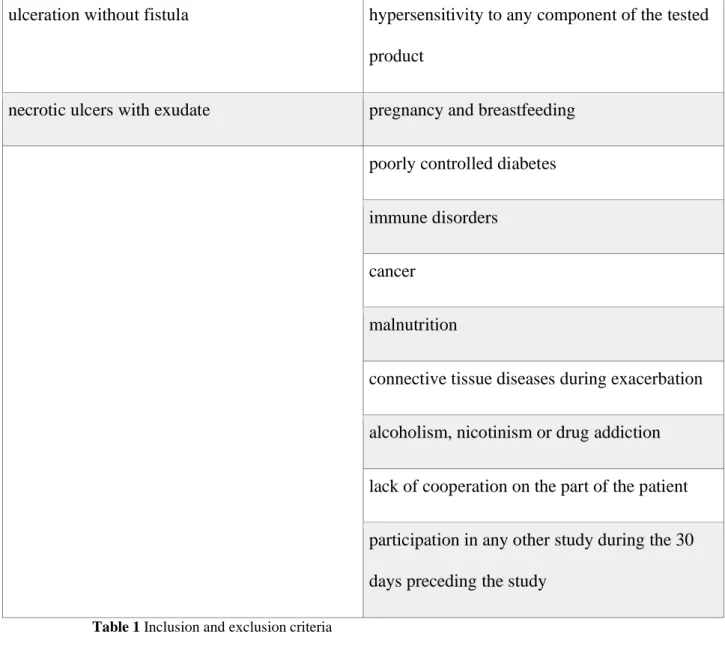
PUBLICATIONS
Nevertheless, it is not commonly used in the diagnosis of the superficial venous system, but can be complementary to Doppler ultrasound scanning in specific cases with an unexpected anatomical source. In all cases, the treatment is aimed at preventing retrograde blood flow and venous congestion. The aim of the study was to determine the level of public awareness about CVD and analysis of CVD symptoms frequency in a randomly selected group of patients.
The study was carried out under the supervision of a specialist dermatologist who assessed the appearance of the first signs and symptoms of CVD. We received permission from the Independent Bioethical Research Committee of the Medical University of Gdansk to conduct our study. Dermatologists confirmed varicose veins in 15.43% of patients, while 7.43% of patients did not recognize any of the symptoms recognized by the doctor.
The majority of early CVD symptoms and objective signs that physicians recognized in the randomly selected group of tested patients (Figure 3) were telangiectasias (30.86% of patients) and varicose veins (22.28% of patients). . Twenty-four percent of patients recognized ulcer treatment as an important aid in managing the life-threatening consequences of CVD. According to 64.57% of patients, duplex ultrasound examination (DUS) is currently a gold standard for the diagnosis of CVD [20].
As shown in Figure 4, the majority of patients recognize phlebectomy (68.57%) and the use of compression stockings (65.71%) as the main therapeutic measures for CVD. Nevertheless, 13.71% of patients claim that they do not know any therapeutic measures for CVD. In addition, the operation called phlebectomy, recognized by 68.57% of patients, is a safe and effective procedure that can be performed under local anesthesia [21].
Although the study found that most people are unfamiliar with cardiovascular disease and its early symptoms, the majority of patients tested showed symptoms of the early stages of cardiovascular disease. Editor's Choice - Management of Chronic Venous Disease: Clinical Practice Guidelines from the European Society for Vascular Surgery (ESVS). ed.) Springer International Publishing Cham, Switzerland. The care of patients with varicose veins and associated chronic venous diseases: clinical practice guidelines from the Society for Vascular Surgery and the American Venous Forum.
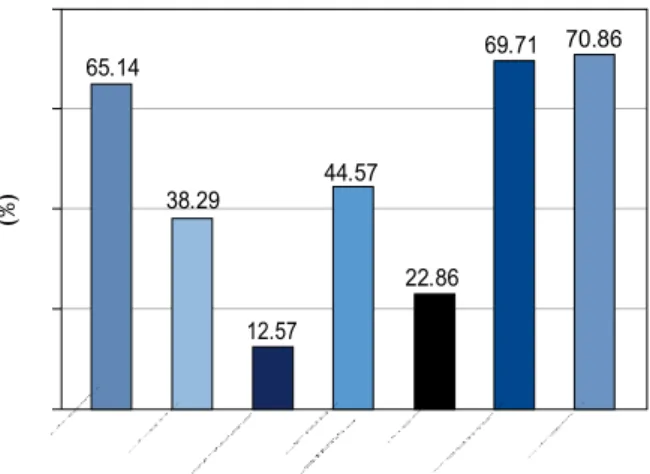
Nanomaterials as a Successor of Antibiotics in Antibiotic-Resistant,
In addition, most wounds are infected with bacteria that are resistant to commonly used antibiotics. To date, most infections caused by biofilm have been treated with a broad spectrum of antibiotics. This layer is often considered an inseparable part of NPs and is considered one of the main reasons for their activity.
Metal NPs have been the most studied in terms of antimicrobial potency in wound healing. Gold NPs (Au NPs) like Ag NPs exhibit antibacterial and antibiofilm activity by interacting with sulfur-containing constituents of the cell membrane and leading to disruption of the cell wall [50–52]. Antimicrobial activity of NPs in general can be due to two main modes of action, namely the properties of the NPs themselves and the properties of the released metal ions, both of which can greatly influence their antibacterial activity.
Wound management is one of the most innovative areas of medicine, with ongoing research revolutionizing the field every day. Due to its positive charge and large surface area, it can cause mechanical disruption of the negatively charged bacterial wall [92-94]. The addition of TiO2 reduced inflammation and swelling around the wound site and increased thermal stability by decreasing the pore size of the material scaffold [109].
It is believed that CNTs improve the adhesion of, for example, fibroblasts that could migrate and cause granulation of the wound bed, leading to accelerated wound closure [114]. In addition, they allow a sustained release of the active substance, which helps to maintain optimal drug levels in the bloodstream. Chronic wounds pose a challenge to physicians worldwide as wound bed infections become increasingly difficult to eradicate due to antibiotic-resistant strains of bacteria.
The influence of the crystalline nature of nano-metal oxides on their antibacterial and toxic properties. Chitosan combined with ZnO, TiO2 and Ag nanoparticles for antimicrobial wound healing applications: A mini-review of the research trends. Attenuation of macrophage inflammatory activity by TiO2 nanotubes via inhibition of MAPK and NF-κB pathways.
